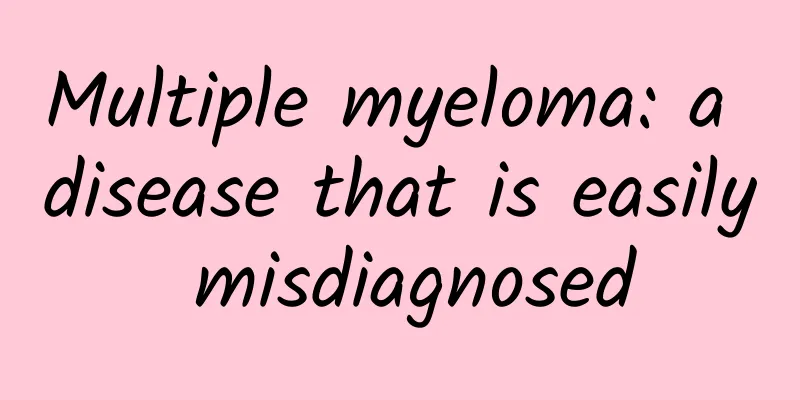Cystic nodules of the cervix

|
Cervical glandular cysts are located on the surface of the cervix and the lower part of the cervical canal. The mucus they secrete cannot be discharged, forming retention cysts of varying sizes. The mesonephric duct residual cyst of the cervix can occur on both sides of the cervix. The cyst wall is covered by a single layer of low columnar epithelium or cuboidal cells, and the inside is light yellow fluid. Cervical endometriosis cysts can be located on the surface of the cervix or deep in the cervix. Surface cysts may appear as purple-blue nodules, while deep cysts show periodic enlargement. Endometrial glands and stroma can be seen on the inner wall of the cyst, and the cyst contains concentrated old blood. Cervical adenosis is different from the endocervical glands of cervicitis. It is mostly located on the periphery of the cervix, close to the vaginal vault. In some cases, it is interconnected with vaginal adenosis. Cervical adenosis is an extension of vaginal adenosis. The characteristic of cervical adenosis is that the epithelium is low columnar and most of them have no secretory function. Cervical adenoma is a glandular structure. Cervical adenomas are mostly located under the mucosa of the lower segment of the cervical canal. The glands show local and regional dense proliferation, with little glandular stroma, irregular size and shape, low columnar epithelium, and contain mucus. Diagnostic points The symptoms may vary depending on the type of cystic disease, mainly including discharge, increased leucorrhea, prolonged menstruation, and bloody secretions after menstruation. Some cases may have no symptoms and are only discovered during gynecological examinations. Mesonephric duct cysts are unilateral or bilateral cysts containing clear yellowish fluid, mainly located on both sides of the cervix. Purple-blue nodules or cysts on the surface of the cervix help in the diagnosis of cervical endometriosis. B-ultrasound can help to show cervical cysts, but it still needs to be combined with pathological diagnosis. Treatment Overview Various physical methods are mainly used to treat various cystic lesions of the cervix, and mesonephric duct cysts require resection. |
<<: Can I eat longan while preparing for pregnancy?
>>: Inflammatory ovarian cysts
Recommend
Women's suede shoes
Most of the shoes we buy are suede leather shoes....
Drink corn silk water to lose weight during breastfeeding
Corn silk is the name of a Chinese herbal medicin...
What are the advantages of dried durian? How to eat dried durian
Dried durian is rich in protein, vitamins and min...
What to eat in winter to maintain health? Radish porridge helps digestion and reduces phlegm, and peppers resist cold and protect the heart
In winter, everyone will choose some warming food...
What medicine should I take if I have lochia?
If the lochia is not clean, it will lead to irreg...
What should you eat for blood-replenishing diet after childbirth?
How to replenish blood after childbirth? The moth...
7 sexual habits that men have when they keep changing locations
Some people say that love is beautiful, but once ...
What does transparent leucorrhea mean?
In the eyes of many women, some women's issue...
Medication for itching in lower body
If you feel itching in your lower body and secret...
Why can't celery leaves be eaten (contains bitter ingredients, low water content and tastes bad)
...
Are female vaginal tightening drugs useful?
With the implementation of a healthy lifestyle, p...
The reason why girls have thick and hard hair
Some people's hair is too thick and a bit har...
There is a pimple on the female vulva
The female genitals are the most private and sens...
What to eat to replenish your body after miscarriage
In our modern society, sexual issues are no longe...
How long does it take to get your period after giving birth?
Why do women have their periods on time every mon...









